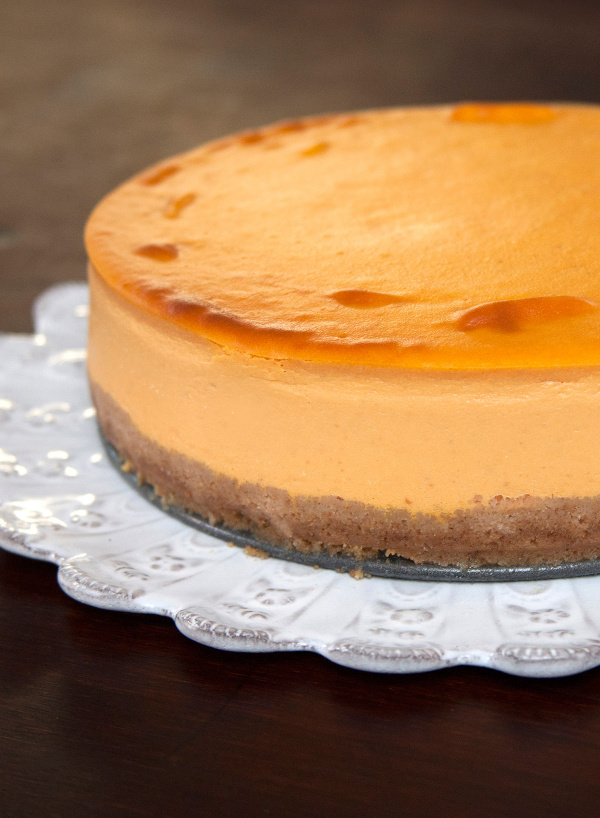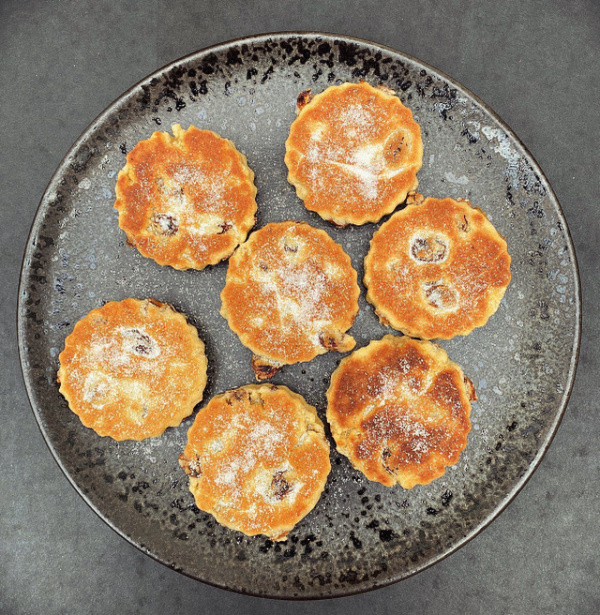Full question
I was going to attempt the Pumpkin Cheesecake, but am unsure on some of the stages involved in the baking process. Is there a video of this that I can watch?
Our answer
Nigella's Pumpkin Cheesecake (from FEAST) is a baked cheesecake. As the cheesecake filling is effectively a baked custard, it is best to bake it gently in a water bath. Unfortunately there is not a video available of the recipe but the process is fairly simple. You need to make sure that the springform tin is wrapped tightly in food wrap and foil, so that no water seeps in while it bakes in the water bath.
Once the biscuit crumb base has been pressed into the bottom of the tin you can wrap the tin. Take a piece of food wrap large enough to come about three-quarters of the way up both sides of the tin. Take a second piece of food wrap of the same size and place it over the first piece but at 90 degrees, to make a large cross of food wrap. Sit the tin in the centre of the cross and bring the pieces of wrap up the sides of the tin, squeezing them together as much as possible so that they stick together. Make another cross of food wrap and put the tin in the centre again but this time giving the tin a 45 degree turn first, so that the edges of the food wrap in this cross are slightly offset against the edges of the food wrap already on the tin, as this helps to form a tighter seal. bring these pieces up and squish them together against the sides of the tin. Finally wrap the base in foil. You may need one or two pieces, depending on the size of the foil, but the foil should go under the base of the tin and come at least halfway up the sides of the tin. When you bake the cheesecake put it in the roasting tin and pour in water from a freshly boiled kettle, but make sure that the water level is not above the top of the foil, otherwise water will seep in. Bake the cheesecake until it is set on top but still has a bit of wobble in the centre; it will continue to set as it cools.





Tell us what you think
Thank you {% member.data['first-name'] %}.
Explore more questionsYour comment has been submitted.